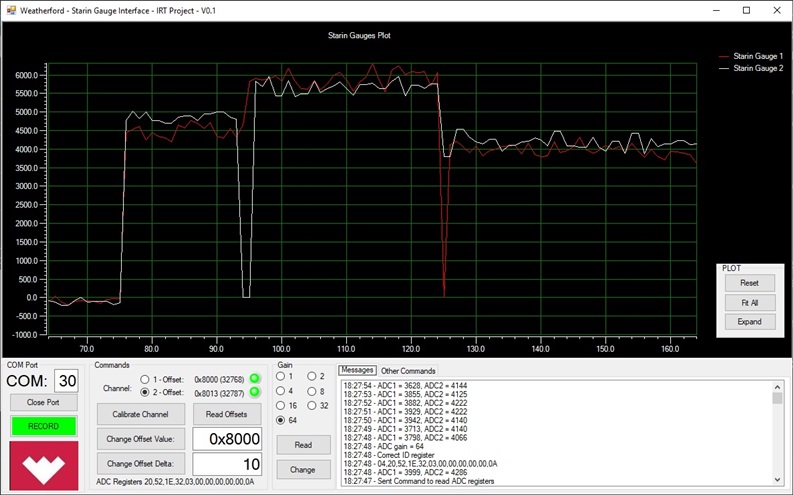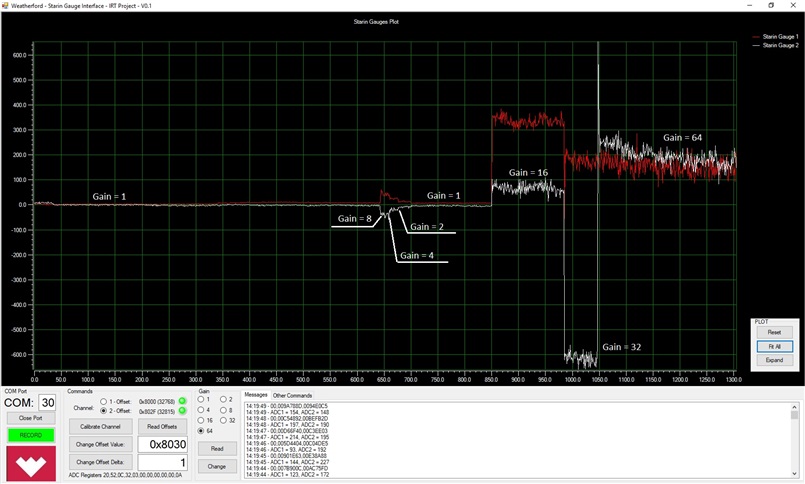Other Parts Discussed in Thread: ADS1282, ADS1283
Hello,
I am able to write and read the ADS1282 registers, except the register 0x0a (FSC2). I suppose, I can write/change this register because the ADC output is changing but anytime when I read it (0x0a), the returned value is 0x0a. I can write and read FSC0 (0x08) and FSC1 (0x09) without problems.
What am I missing here?
Regards,
Marius Raducanu






